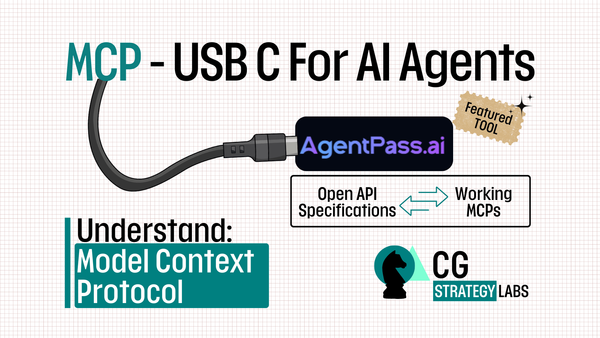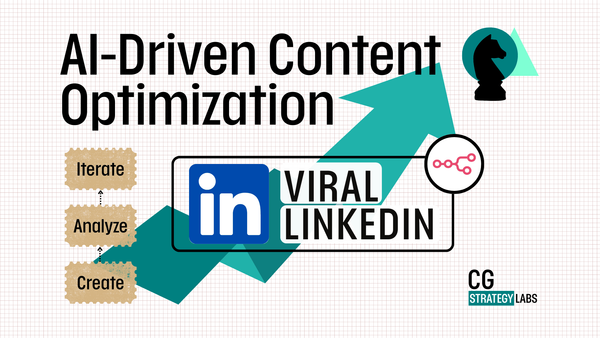Choose the Right AI Agent Framework for Your Use Case.
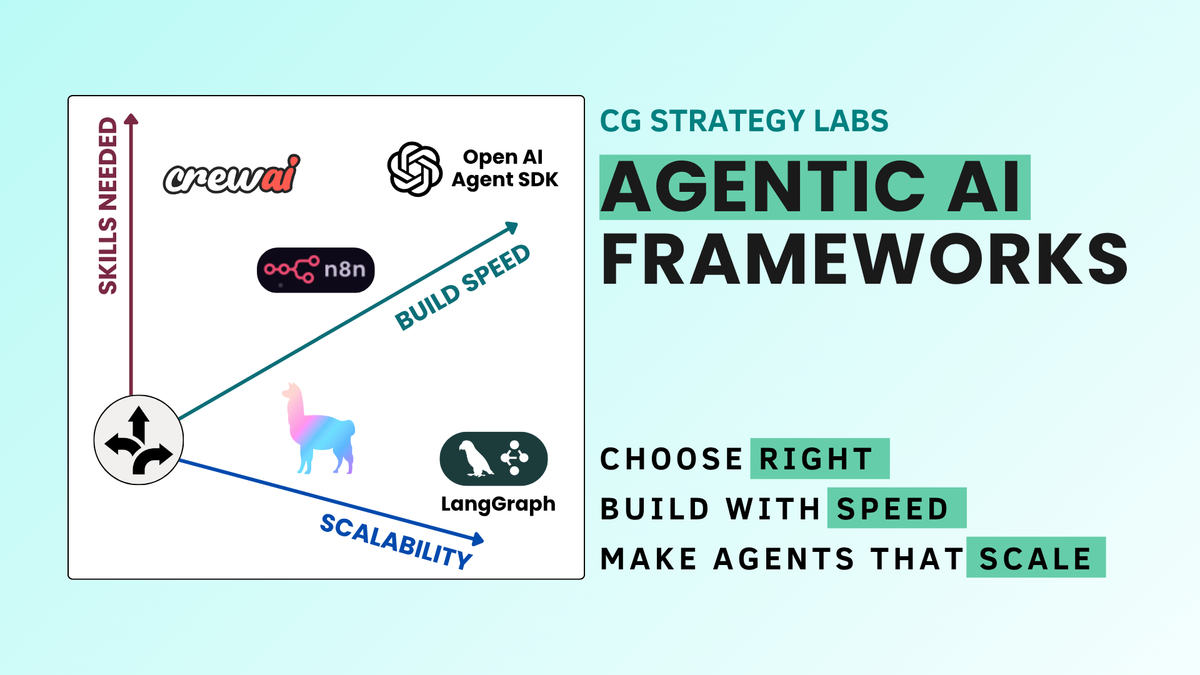
Everyone's comparing AI agent frameworks by GitHub stars and feature lists. But framework choice is a business decision, not a technical popularity contest.
You see AI agent demos everywhere (automated lead scoring, customer support bots, content workflows and so on) and you want to build something similar.
But then you hit the Big Question.
What's the right framework to start with?
CrewAI, LangGraph, AutoGen, 'The Famous' n8n, LlamaIndex, OpenAI SDK... the list goes on.
Its easy to get lost in features and technical capabilities.
What's important is actually thinking about your specific context: your team's skills, timelines, and scaling requirements.
Here is a framework that can help you make this decision more logically:
| Framework | Speed to Success | Team Skills Required | Best Business Fit | Scale Ready | Key Strength | Main Limitation |
|---|---|---|---|---|---|---|
| CrewAI | 2-3 days | Business + basic tech | Marketing / PM workflows | Medium | Team collaboration | Limited customization |
| n8n | Same day | Anyone (visual) | Process automation | High | Visual simplicity | Less AI-native |
| LangGraph | 2-4 weeks | Developers | Complex workflows | Very High | Total control | Steep learning curve |
| AutoGen | 1-2 weeks | Intermediate coding | Enterprise pilots | Very High | Enterprise features | Complex setup |
| LlamaIndex | 3-5 days | Business-technical | Data / RAG workflows | High | Data specialization | Narrow focus |
| OpenAI SDK | 3-5 days | Developers | OpenAI integration | High | Modern architecture | OpenAI dependency |
Instead of picking based on features, ask these business questions:
1. What's Your Timeline Pressure?
- Need results in days? → n8n or CrewAI
- Can invest weeks for control? → LangGraph or AutoGen
- Balanced approach? → OpenAI SDK or LlamaIndex
2. What's Your Team's Technical Reality?
- Business users only? → n8n (visual workflows)
- Basic Python skills? → CrewAI (role-based thinking)
- Experienced developers? → LangGraph or OpenAI SDK
- Enterprise requirements? → AutoGen (Microsoft ecosystem)
3. What's Your Primary Use Case?
- Process automation with AI enhancement → n8n
- Team-based content workflows → CrewAI
- Complex decision trees → LangGraph
- Knowledge-heavy applications → LlamaIndex
- OpenAI-centric development → OpenAI SDK
- Enterprise AI pilots → AutoGen
CrewAI: The Team Player
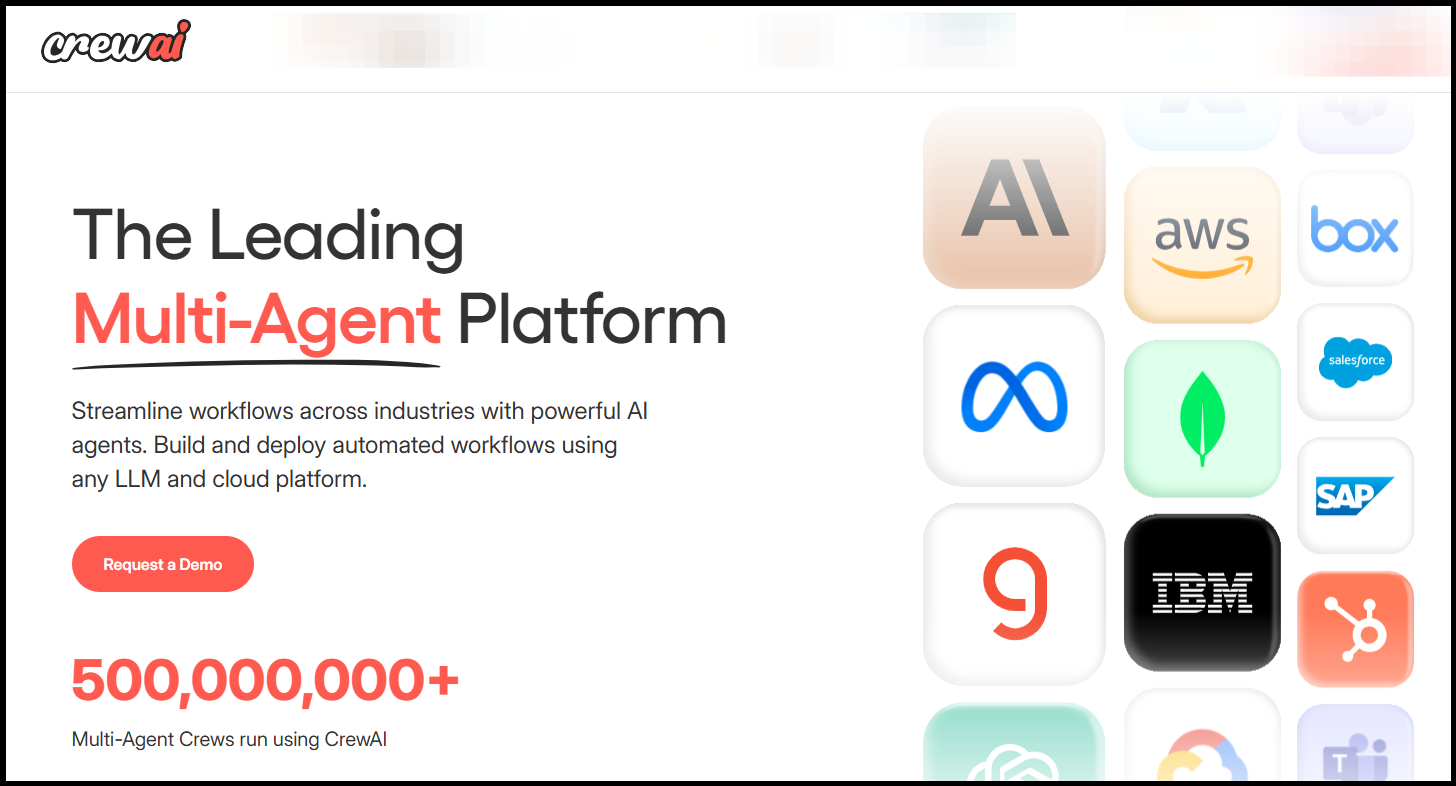
Choose when: You need team-based AI workflows, want results in days, and "good enough" automation delivers more value than perfect control.
Real example: Content workflows (research → write → edit → optimize), lead qualification pipelines, competitive analysis processes.
Skip when: You need precise technical control, cost-sensitive applications, or complex enterprise compliance.
n8n: The Visual Builder
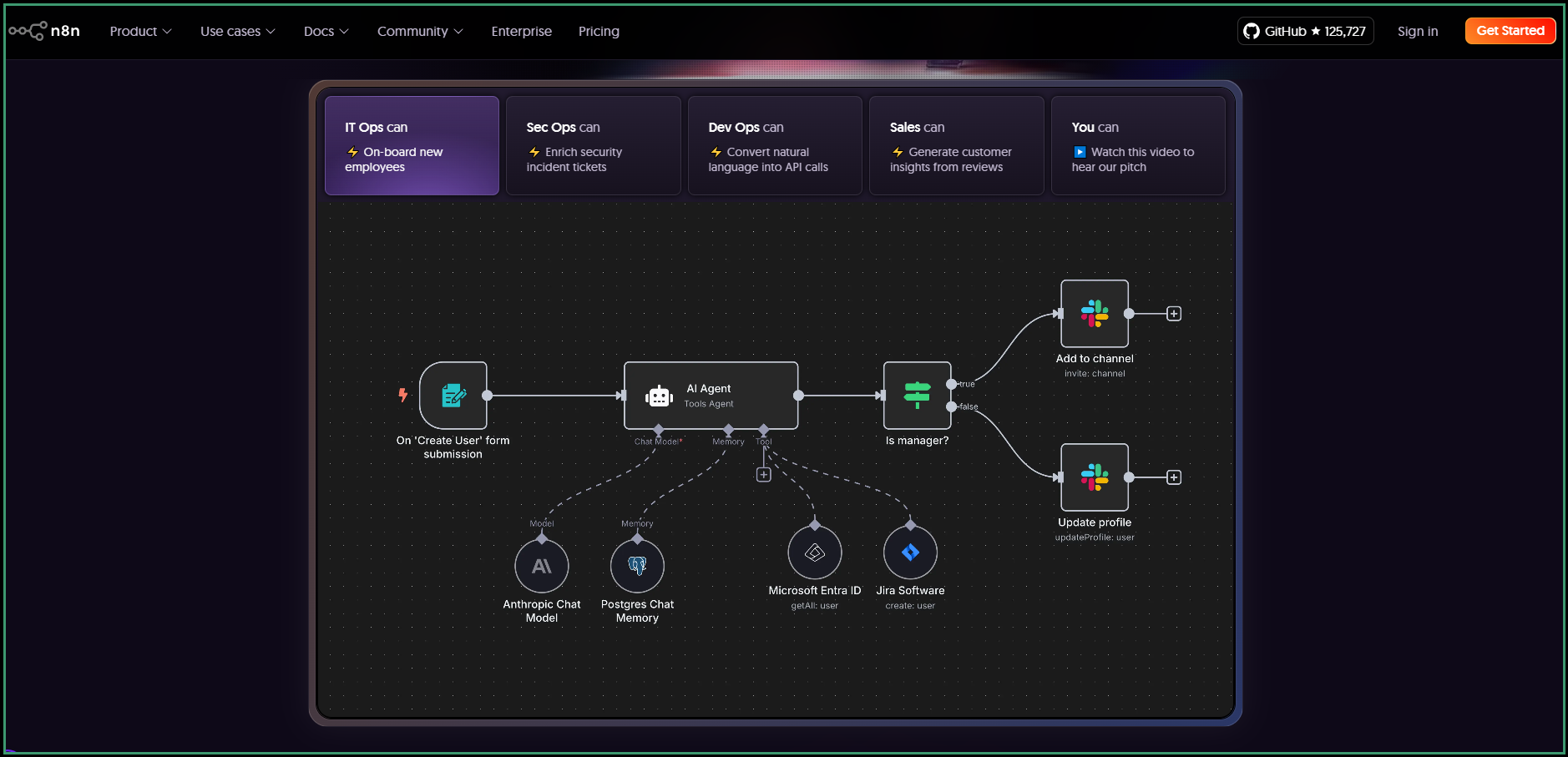
Choose when: You need visual workflow automation, team collaboration, extensive integrations, and want to enhance existing processes with AI.
Real example: Business process automation with AI enhancement, data pipeline workflows with LLM processing.
Skip when: Building pure AI agent systems, need advanced prompt control, or require complex multi-agent conversations.
LangGraph: The Enterprise Architect
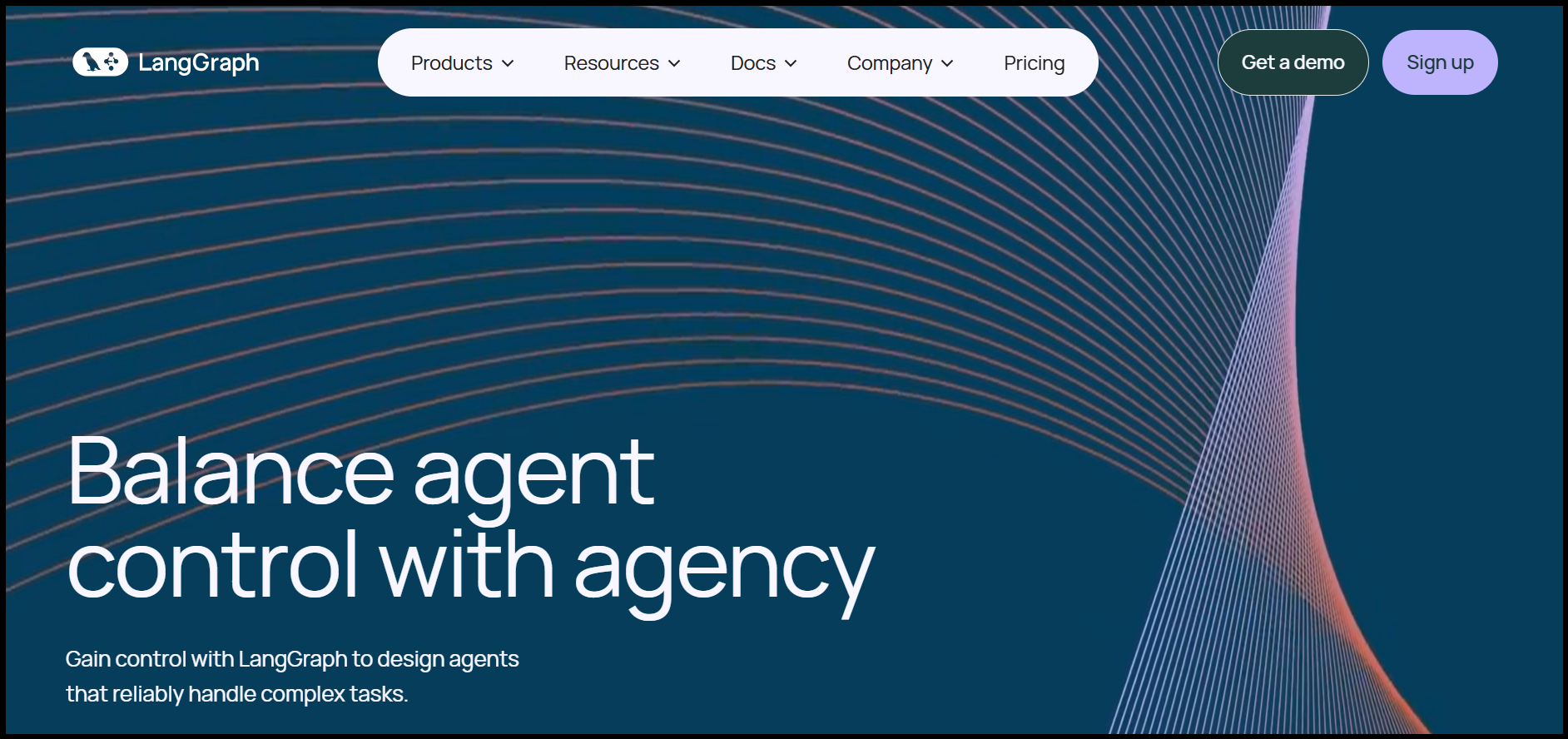
Choose when: You need enterprise-grade reliability, complex workflow control, error handling, and have experienced developers.
Real example: Complex business workflows with multiple decision points, error recovery and retry logic, enterprise compliance requiring audit trails.
Skip when: Building simple automations, rapid prototyping, or working with non-technical teams who need immediate results.
AutoGen: The Enterprise Powerhouse
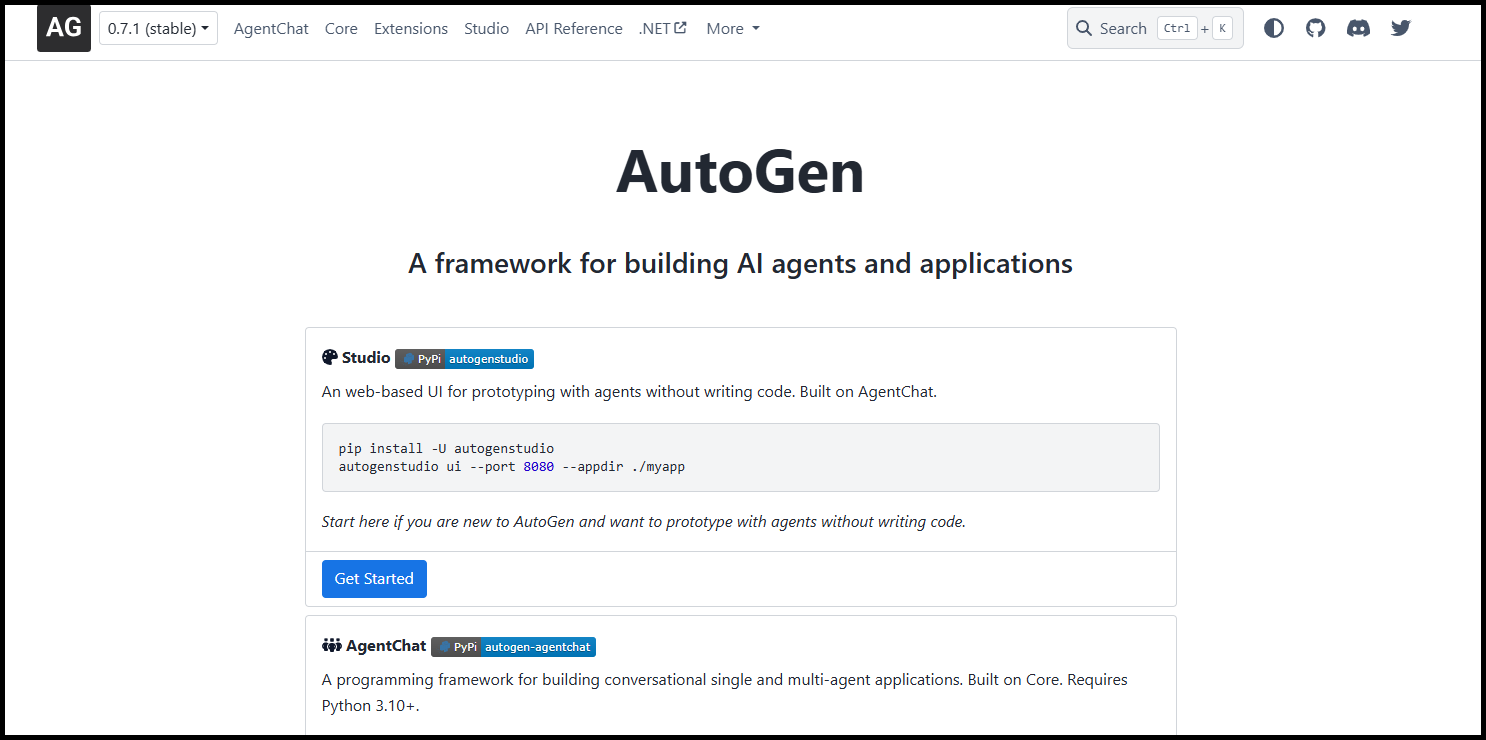
Choose when: You need enterprise reliability, Microsoft ecosystem integration, robust multi-agent systems, and have dedicated development resources.
Real example: Enterprise pilot projects requiring reliability and governance, Microsoft ecosystem integration, multi-agent research and complex problem-solving.
Skip when: Rapid prototyping, simple automation tasks, non-Microsoft environments, or limited development expertise.
LlamaIndex: The Data Specialist
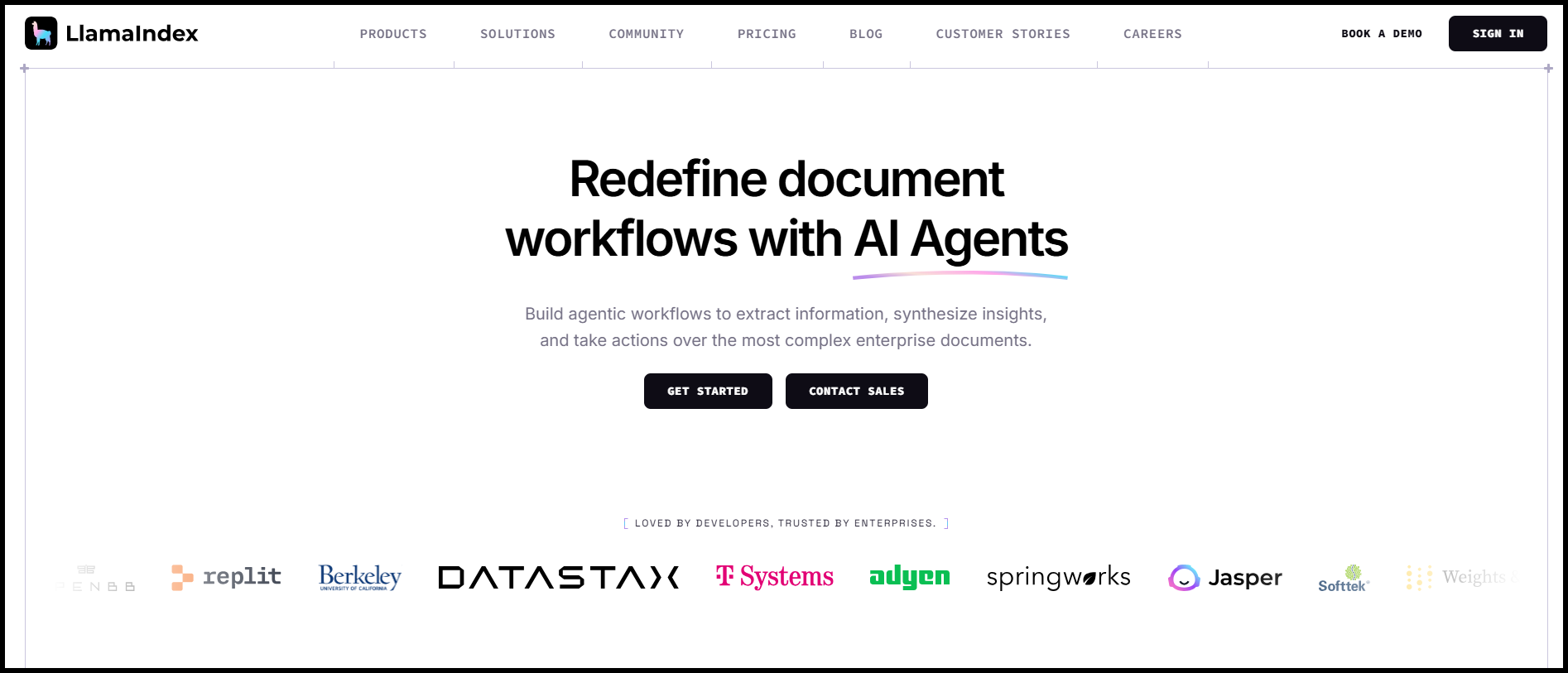
Choose when: You have substantial proprietary data, need accurate source-backed responses, building knowledge-intensive apps.
Real example: Knowledge base chatbots with accurate source attribution, document analysis and intelligent search, research automation across large document collections.
Skip when: General automation workflows, real-time processing without data lookup, or multi-agent coordination requirements.
OpenAI Agents SDK: The New Standard

Choose when: You're building OpenAI-centric applications, want modern development experience, need comprehensive monitoring, and prefer lightweight over feature-heavy.
Real example: OpenAI-native applications with seamless model integration, modern development workflows with clean, readable code.
Skip when: Multi-provider requirements, complex enterprise governance needs, or working with legacy systems requiring extensive integrations.
The Bottom Line
Framework choice isn't about finding the "best" tool - it's about finding the right fit for your business context, team capabilities, and timeline constraints.
The hidden cost of getting this wrong is not just the time to rebuild. It's the opportunity cost of delayed AI implementation in a space where your competitor can build the same product at 10x speed.
The Recommendation:
- Start with the framework that matches your team's current skills and gets you to a working MVP fastest.
- Evolve your approach as you learn from the build process.
Want an handy copy of the complete framework guide?
Download it for Free from our Resources Page.
(Perfect for sharing with your team or keeping as a reference!)
CG Strategy Lab explores practical AI implementation insights that bridge strategy and execution. Connect with me on LinkedIn if you'd like to discuss this topic further.


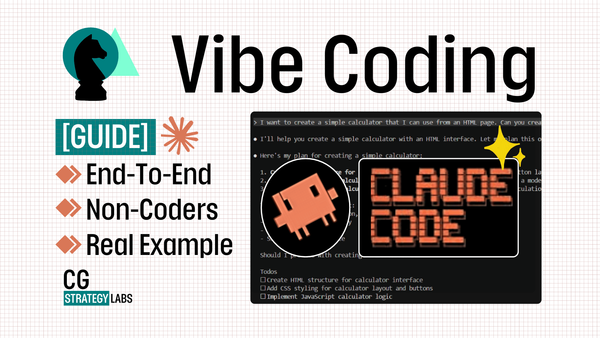
![Practical Guide to Learning AI: From Tokens to Agents [ebook]](/content/images/size/w600/2025/08/Blog-Featured-Images...--4-.png)
